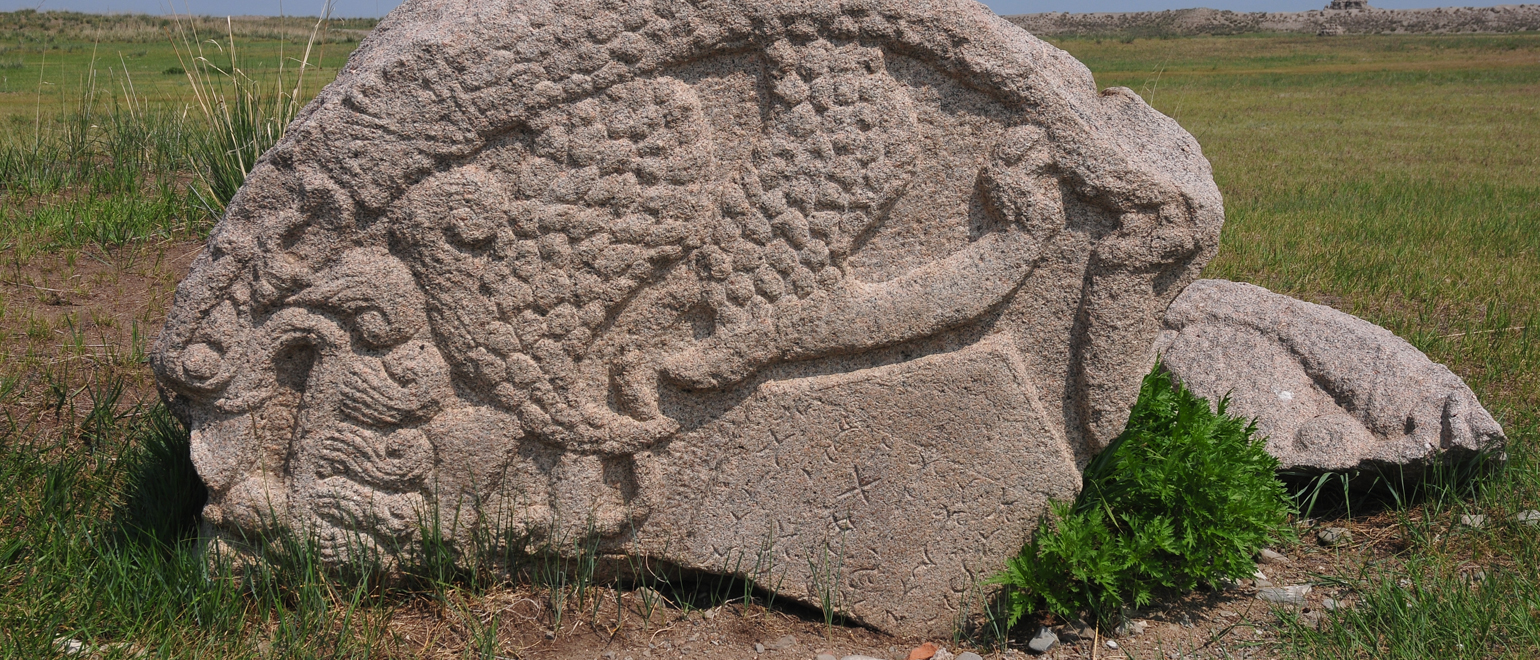
Historical Sources on Karabalgasun
In contrast to the famous city of Karakorum, there are only a few written sources that report on the Uyghur capital of Karabalgasun. The name of the city is often not clearly recorded, which makes it difficult to be sure that it was actually Karabalgasun.
“City of Kings”
One example is the Persian traveler Juvayni, who visited Karakorum in the 13th century and referred to the nearby ruins as Ordu Baliq, “City of the King”. The capital of the Uyghurs is also mentioned several times in Chinese sources. In the Chiu Tang-shu it is referred to as Hui-ho cheng, the city of the Uyghurs, and in the Liao Shi it appears as “Woluduo cheng”, city of the royal camp, and as Buguhan cheng, city of the Bogu Qayan.
Tamim ibn Bahr al-Muttawwi’i
The Arab traveller Tamim ibn Bahr al-Muttawwi’i provides one of the few detailed descriptions of the Uighur capital. In Minorsky’s translation, he refers to the city as the “Madinat of Kaqan” or the “Malek of Toghuzghuz”.
Tamim describes the city as a large and prosperous metropolis surrounded by agricultural land and closely spaced villages. He also mentions the twelve huge iron gates that protected the city and the golden tent of the king, which stood on the flat top of a fortress and could hold 100 men.
Despite this detailed description, it remains unclear whether Tamim ibn Bahr actually saw the city, or whether his descriptions were based on the stories of others, or even whether he was referring to another city.


